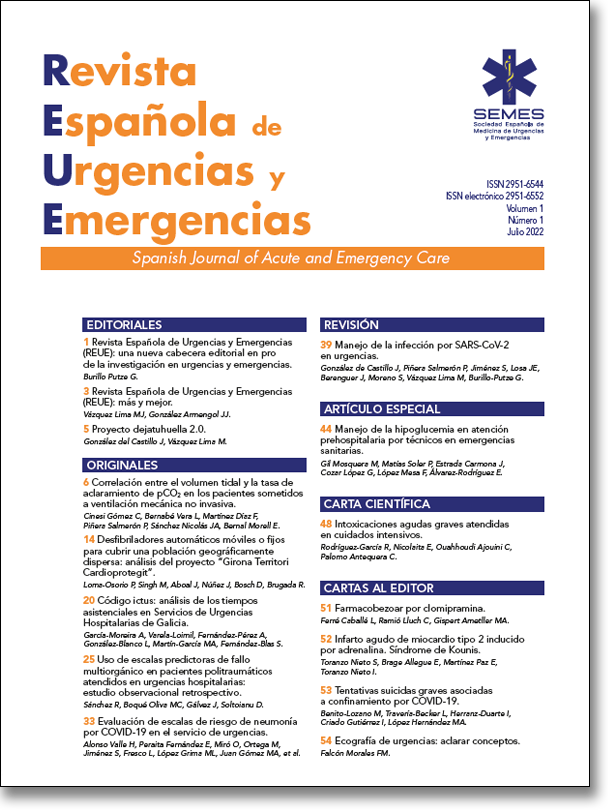Resumen
Objective: In Mexico, health authorities have raised reach the total of
people living with HIV/ AIDS who need treatment have access to it,
with the proper use of the best ARV therapies. Evaluate health
spending would mean the management of patients with HIV/AIDS with
the first-line therapy of abacavir/lamivudine with respect to
tenofovir/emtricitabine and lamivudine-zidovudine.
Methods: A literature review was conducted to seek evidence from
clinical studies that demonstrated similar efficacy of ARV treatment
between abacavir-lamivudine medications compared with other
options. To calculate the incremental cost between these treatments,
there was a Budget Impact Analysis and a pharmacoeconomic model
was constructed to estimate the economic benefits by increasing its
market share. Results: Increased market penetration of
abacavir/lamivudine represent a save of $ 44.8 million for the National
Health System in Mexico during the years 2012-2017, without
compromising the quality and effectiveness of treatment. Furthermore,
this increase in market share with abacavir-lamivudine, the National
Health System could get an additional benefit to deal on average 5.197
with HIV patients by 5 years with ARV therapies in Mexico.
Conclusions: The use of abacavir/lamivudine in ARV treatment of
patients with HIV/AIDS is a cost saving for the Mexican health System,
which leads to a potential reduction in resources of US$44.8 million in
treatment costs in the five projected years. (Extraído del documento)






